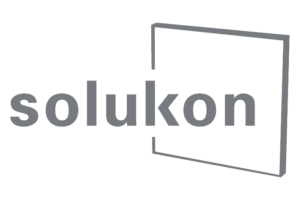Digital integration, medical technology and opening up conventional manufacturing segments – current trends in automated depowdering
In recent years, industrial depowdering has become an integral component of the process chain of the laser melting process. Solukon is a pioneer and market leader in automated depowdering.
CEO/CTO Andreas Hartmann talks about the current trends in powder removal and shows how even traditional manufacturing segments like injection molding can benefit from Solukon technology.
Andreas, what trends do you see in industrial depowdering?
First of all, the industrial sector has developed from “why” to “how.” In other words, our customers and other interested parties have recognized that for high-quality additive manufacturing, they inevitably need automated powder removal. They are closely examining the individual benefits and specific applications of our technology now, instead of asking why they even need depowdering. We have been a primary driver of this important development and the entire sector will benefit from it.
A second important trend is the increasing digital integration of automated depowdering.
Why is digital integration of depowdering important and how is it done?
The processes downstream from printing must flow transparently in order to give users an undistorted picture of the efficiency of their additive production lines. We supply two key tools for digital integration: first, the Digital-Factory-Tool (DFT), a sensor and interface kit for process monitoring, automation and digital integration. Via OPC UA, all data and facts on the depowdering process can be integrated into the higher-level digital dashboard of the printer. The new aspect is that the DFT uses media consumption data to output the carbon footprint of the depowdering process as well. With this feature, we have anticipated future standards and regulations.

The enhanced Digital-Factory-Tool from Solukon also makes the carbon footprint of depowdering transparent.
The second digital tool is SPR-Pathfinder®, our unique depowdering software that makes all programming effort unnecessary. Users simply load the CAD file of the build job into the software, which automatically calculates the optimal movement. With this software, complexities like internal channels no longer play a limiting role. A new feature: our SFM-AT350 for medium-sized parts is now compatible with SPR-Pathfinder®. A wide range of customers from all segments of industry benefit from this.
Which industrial segments rely on automated depowdering systems nowadays?
Of course I want to start out with the most classic field of application: aerospace, where the parts being manufactured are so complex that automated depowdering is a necessity. After all, it is impossible to ensure that a heat exchanger is powder-free and ready to go into space just by knocking and brushing. Next, of course, the automotive industry, energy and printer manufacturers themselves, such as EOS, Velo3D and SLM Solutions. These segments cover the majority of the approximately 250 systems we have in the field.
In recent months, we have also noticed a strong increase in other segments. Medical technology is one example. The depowdering challenge is a bit different there. Instead of complicated, convoluted cooling channels, we see a lot of porous lattice structures on the surface of medical parts. The powder often sticks there and has to be removed systematically and gently. In response, we are launching a special version at Formnext 2023: the SFM-AT350-E with piezoelectric excitation. In it, the excitation originates directly at the rotary table of the Solukon system, putting the part in the optimal vibration range with high precision. The ultrasonic frequency of the electronic excitation is considerably higher than the harmful natural frequency of the part. This way, the risk of exciting the resonance frequency and damaging sensitive structures is avoided. At the same time, the process is virtually noiseless.

Alongside medical technology, we have recently acquired customers in the tool making and injection molding sectors.
Those are sectors that people initially associate with conventional manufacturing, right?
Yes, sure, but many companies in those sectors are very open to new technologies. Paul Horn, the carbide toolmaker, for example, also relies on additive manufacturing for producing tool parts. They successfully depowder their tools with a Solukon system. Another interesting use case is our customer Witosa, a renowned manufacturer of hot runner systems for injection molding. They implemented the world’s first additively manufactured one-piece hot runner nozzle, which catapulted them to the top of the segment in the global market. Witosa cleans its MONOLITH® nozzles, as well as other products, in an SFM-AT350 from Solukon. With our SPR® depowdering technology, we ensure that these parts are thoroughly cleaned and no residual powder that could negatively affect the postprocessing or even the quality remains.

Depowdering additiveley manufactured hot runner technology at Witosa, a Solukon customer.
We have now spoken about many different fields of application. What do all Solukon use cases have in common?
To all our customers, it is important to clean reliably and repeatably. In other words, the same process and same result for structurally identical parts. This sounds fairly banal at first, but reproducibility is exactly what makes serial cleaning – and with it, real serial production – possible.



Leave a Reply
Want to join the discussion?Feel free to contribute!